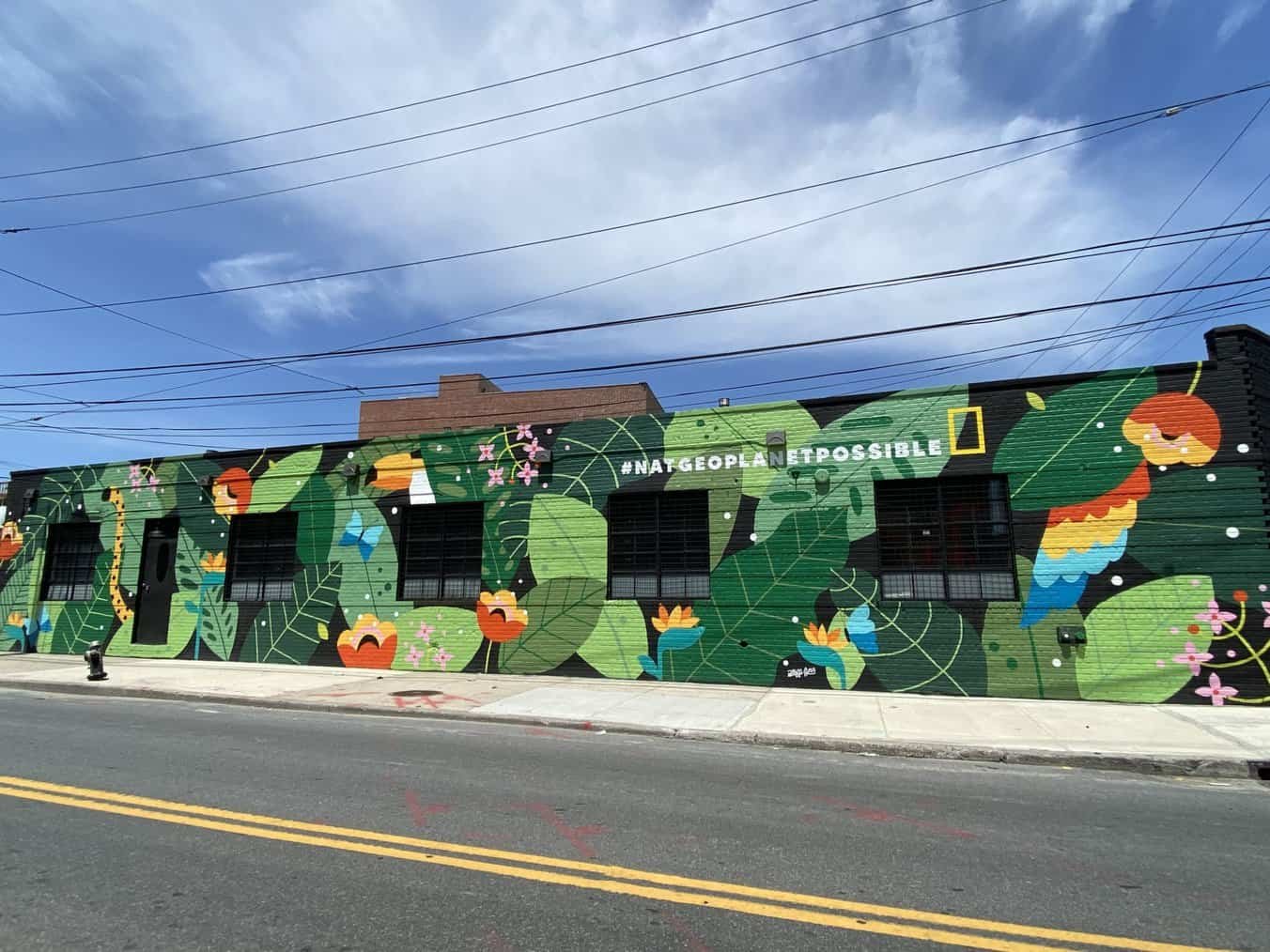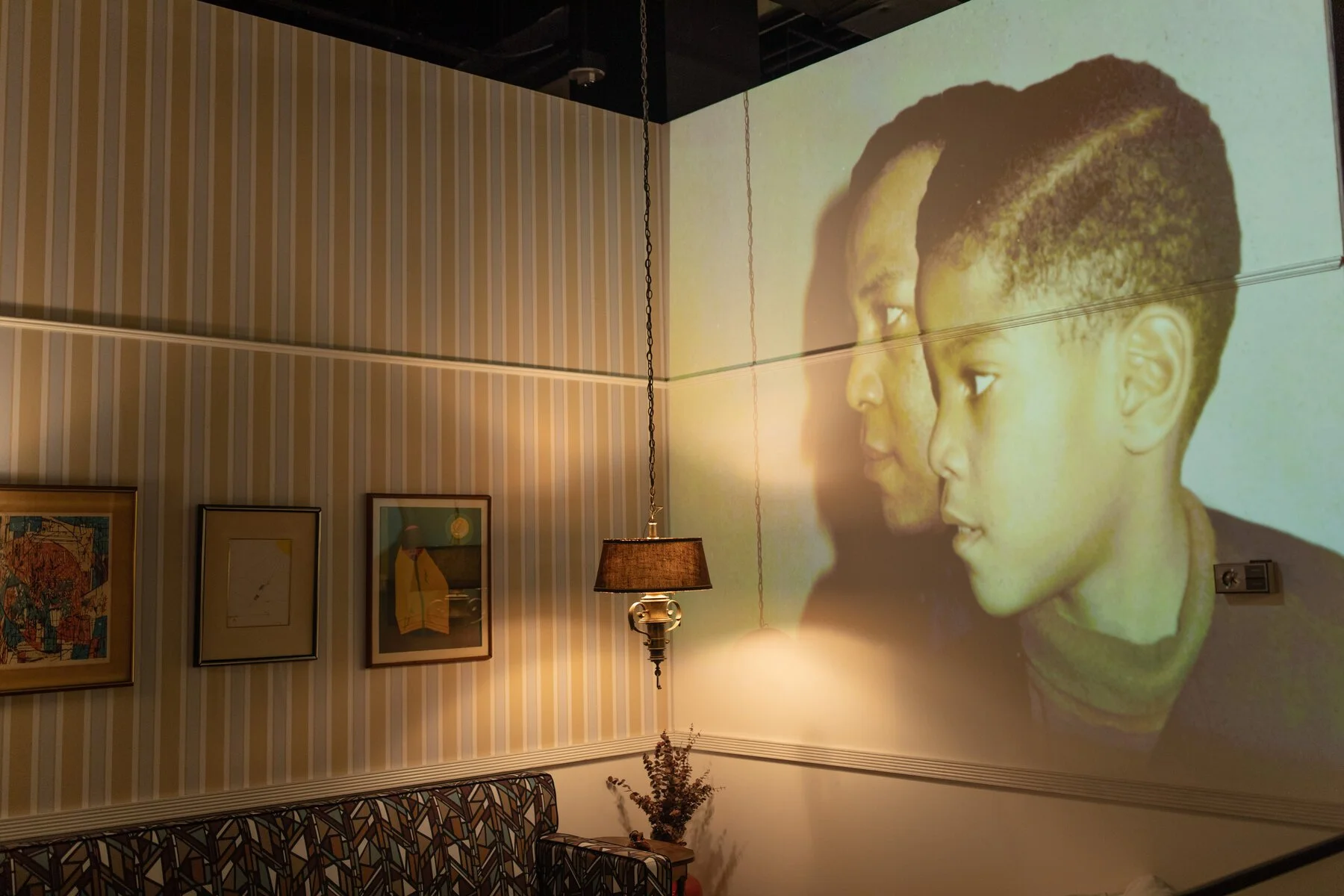One of the most playful forces in Pop Art, visual artist Claes Oldenburg died on Monday at age 93.
Oldenberg's fascination was to render prosaic objects such as a lipstick or rubber stamp, a hamburger, or a cherry perched on the tip of a spoon in large-scale artworks which would then be installed in public spaces. These works are scattered around the cities of America and Europe.
Claes Oldenburg was born on Jan. 28, 1929 in Stockholm, Sweden. His father was a diplomat and the family ended up in Chicago. Oldenburg studied literature and art history at Yale and before attending the Art Institute of Chicago in the early 1950s.
In 1956, he moved to New York and was soon swept up in the emerging conceptual and performance art scenes. His first New York show was at the Judson Gallery in 1959. It was made out of found materials, including paper and strings. Two years later, he opened a show called "The Store" in a downtown storefront, evoking neighborhood shops and featuring plaster pieces similar to everyday grocery store purchases.
His interest shifted into single, massively scaled works that later became his signature. His work was often a collaboration with his wife, Coosje Van Bruggen, whom he married in 1977; Coosje died in 2009.
Oldenburg had solo exhibitions at the Museum of Modern Art and the Guggenheim Museum in New York, London's Tate Gallery, and the Museum of Contemporary Art in Los Angeles just to name a few.
Oldenburg's most enduring and most accessible works are the ones he created (either alone or with his wife van Bruggen), for public spaces. From a giant rubber stamp bearing the word "FREE" in Cleveland to the world famous Venice, CA Frank Gehry collaboration "Binoculars Building" to Philadelphia's giant clothespin.
“”
It was thrilling to work with Claes, whose odd take on things were delightful, and could completely turn one’s mood around.
Read gallery owner Paula Cooper’s full remembrance of Claes Oldenburg.
Claes Oldenburg talks about his beginnings as an artist, the early 60s in NY, his first important groups of works "The Street" and "The Store", the founding of Ray Gun, and the "invention" of the Soft Sculptures. Excerpts from an artist talk with curator Achim Hochdörfer at MUMOK Vienna on Feb 4, 2012.










